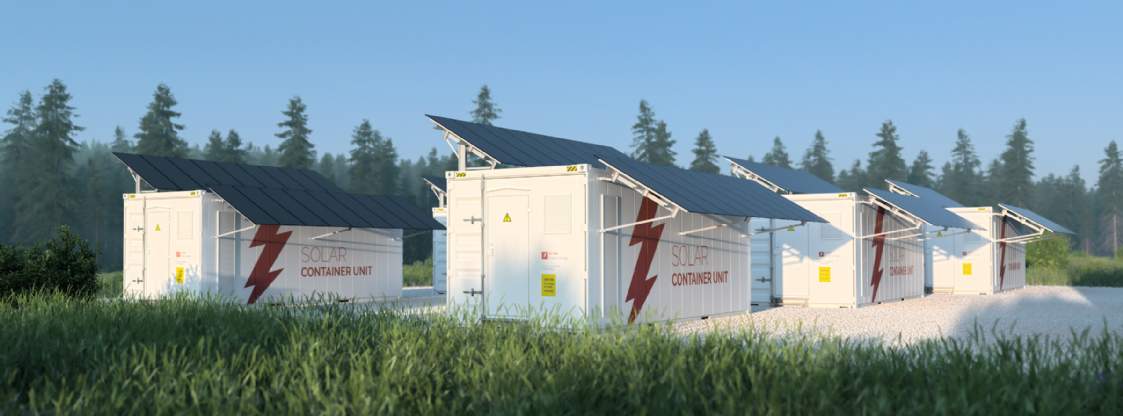The ongoing climate crisis demands a shift in our energy production and storage systems to facilitate the transition to net zero. Battery energy storage systems (BESS) are increasingly becoming part of the solution, and there are huge capabilities and potential within the UK. The total UK capacity is currently 1.025 GW operational, but capacity currently existing within the planning system (approved and under consideration) totals up to 21.65 GW1.
These systems allow surplus energy, often from renewable resources such as solar, to be stored as other forms of energy until its eventual re-release at peak demand times. They are also used to balance the grid frequencies which currently requires gas power plants that only run at peak times (or 'peaker plants'); with current technologies, solar or wind farms cannot respond quickly enough. It is considered therefore that battery storage systems will be crucial to help protect against vulnerability to electricity shortages at peak times and reduce reliance on fossil fuels to achieve decarbonisation.
The proliferation of battery storage development projects has been aided in part by legislative reform. In 2020, the Government announced that battery storage applications were to be decided by local planning authorities instead of the Secretary of State through the Nationally Significant Infrastructure (NSIP) regime. This shift meant that the determination process was reduced from an often years-long process to a statutory timescale of eight or 13 weeks depending on the size of the scheme.
This swift growth is further prompted by the rapidly falling cost of battery technologies. The cost of lithium ion batteries, which make up a large portion of commercial scale batteries, has fallen a staggering 88 per cent in the last decade.
In tandem with this reform, planning decisions are beginning to attribute greater weight to the environmental benefits of battery storage proposals in the planning balance. This is particularly important on green belt sites were planning policy requires applicants to demonstrate ‘very special circumstances’ to justify release of the land for development.
In August 2022, The Planning Inspector overturned a decision by South Staffordshire District Council to refuse permission for a 50 MW battery storage facility, stating 'environmental benefits of the proposal and the fact that the impacts can be made acceptable, are sufficient to outweigh the harm to the green belt'.
As climate issues exacerbate it seems logical that net zero targets will raise higher on the agenda and strengthen the case for such schemes. Other planning considerations associated with battery storage applications typically involve noise, flood risk, security and impact upon local landscaping.
While the climate crisis presents a number of challenges for the energy and commercial development sectors, it equally presents opportunities to be part of the solution. Our Planning and Energy teams can advise further on the options for a range of energy development solutions.
[1] From The Renewable Energy Planning Database
Further information
Contact Alex Wylie or Cameron Lloyd










.jpg)